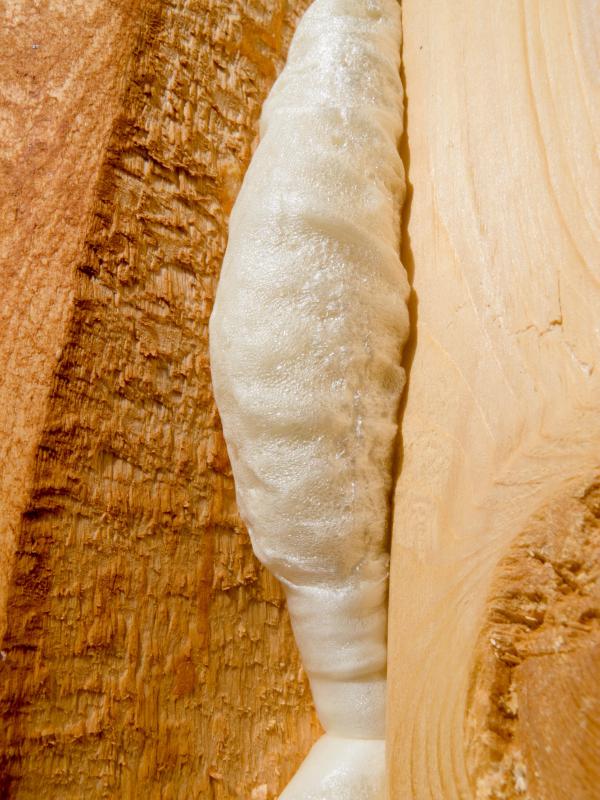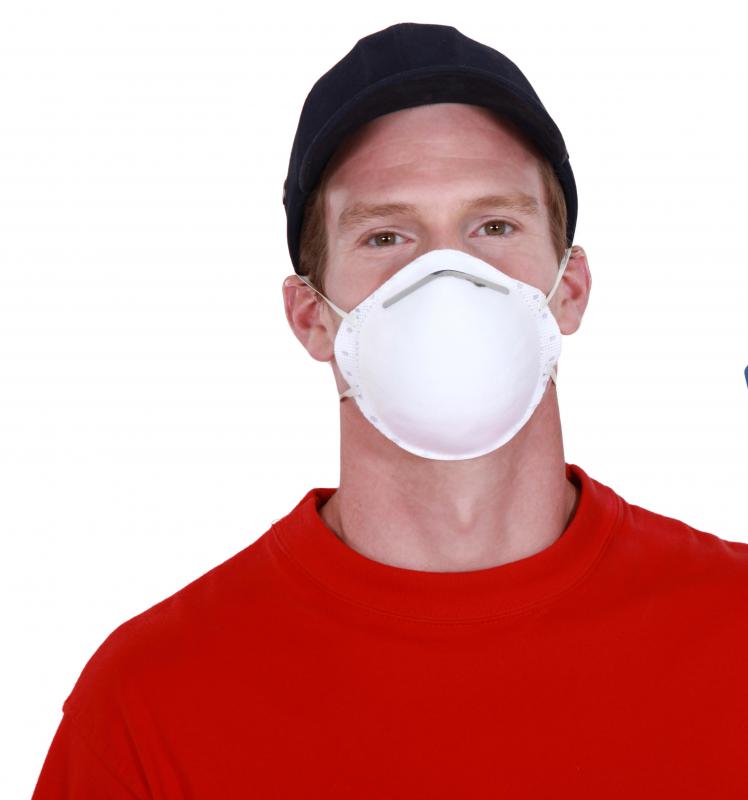At HomeQuestionsAnswered, we're committed to delivering accurate, trustworthy information. Our expert-authored content is rigorously fact-checked and sourced from credible authorities. Discover how we uphold the highest standards in providing you with reliable knowledge.
What are the Different Types of Home Insulation?
There are many types of home insulation that homeowners can choose from. They are rated by R-value or the ability to resist heat; insulation with a higher R-value is more resistant. Materials commonly found in insulation are fiberglass, cellulose, and rock wool. A variety of different types of home insulation exist including: batts and blankets, loose-fill, plastic foam, rigid boards, and reflective. Each of these types has its own advantages and disadvantages.
Fiberglass is by far the most common material used in home insulation. It is the fluffy, pink, cotton candy-like material that most homeowners are familiar with. It is fire-resistant and will not rot. The primary disadvantages are that it is not water-resistant so it can contribute to moisture in the home and rodents also seem to easily make homes in it. Fiberglass is also a skin irritant and should be installed using proper protective clothing, a dust mask, and eye protection.

Cellulose insulation is a fire-resistant material made from a combination of treated recycled paper and wood. It gained popularity in the 1970s when recycling was first introduced to the public. It is best suited to being blown into existing walls or treated and watered into a sticky substance that can be sprayed onto the insides of new walls. When sprayed, it is not only an insulation, but also a soundproofing material. Although it is still recommended to use protective gear when working with cellulose, it has not been shown to have any adverse biological effects.

Rock wool, also called mineral wool, is made of slag that is a dirt and limestone byproduct of steel manufacturing. It is combined with chemicals and spun into a fiber. Like fiberglass, it does not burn or rot. It has one major advantage over fiberglass which is that it does not absorb moisture and therefore does not require the use of a barrier before installation. It does, however, share fiberglass' irritant nature.

Of the various types of home insulation, batts and blankets is the most common type. Coupled with fiberglass, it is the most popular kind used in homes today. It can be found with aluminum or cardboard facing or without facing of any kind. The batting without facing is used primarily to enhance existing insulation. This type of insulation is simple to install as it is already pre-cut into standard widths, cuts easily with a utility knife, and can simply be stapled into place.

Loose-fill home insulation comes in bags or bales and is made from the same basic material as batts and blankets, but unlike batts and blankets, the material is not spun into a workable fabric. Used in attics and walls, this insulation is intended to be poured or blown. A barrier-like plastic sheeting should be installed before the material is poured since fiberglass will absorb water. If blown, a pneumatic device is necessary to ensure proper fluff and placement.

Plastic foam is sprayed into place. It conforms easily to any shape and stays in place where sprayed, which means it can permanently block specific areas of draft or moisture. It is most often used for new construction and placed all around the home in walls, ceilings, and foundation areas. It is resistant to rot and mildew and can even add strength to the walls of the home. It is prone to insect infestation and care should be taken especially near the ground where termites seem to be drawn to it.
Rigid board home insulation is made from a variety of materials including asphalt-impregnated fiber board, polystyrene, polyurethane, and polyisocyanurate. It is combustible so care must be taken when working with the boards. They are usually used in new construction or in significant rehabbing projects and can be used as wall or roof sheathing, insulation beneath interior walls, or around foundations. Like batts and blankets, the panels may sometimes have foil facings to reflect heat. Just as with plastic foam insulation, insect infestation is a concern.
Reflective insulation is intended for extremely hot climates. It is made from aluminum foil to block heat. It can be installed as a single sheet or for maximum effectiveness, in multiple layers with space in between.
AS FEATURED ON:
AS FEATURED ON:















Discussion Comments
@ GiraffeEars- I have to say that denim fiber insulation is one of the best home wall insulation products on the market. I helped a friend of mine install the stuff, and it was very simple. We didn't need any protective clothing, and the insulation was very easy to cut. I read the brochure too, and the stuff is engineered to prevent mold, mildew, bacteria, and pest infestation. It is also moisture wicking, preventing excess moisture in the walls. When I build my dream home, I would love to have this stuff in it.
Denim insulation is every bit as functional if not better than fiberglass insulation. It can be installed around IC fixtures, it is class A fire retardant, it meets all building code standards, and it qualifies for LEED credit. The insulation is expensive relative to fiberglass insulation, but it is made from 90% post-consumer recycled materials, and it performs better than fiberglass insulation. The insulation also does not have any volatile organic compounds like formaldehyde in its construction and it contains no itchy fiberglass, making installation much easier. Cotton fiber insulation is one of the best options to insulate any home.
I watched a show about a green home that was being built in Los Angeles, and the owner was using denim insulation to insulate the home. I thought it was a novel idea, but I had to wonder about the fire retardant abilities of denim insulation. Is denim insulation sold commercially, and does it stand up to building codes and regulations? Does anyone know what the price of this insulation is compared to the price of normal fiberglass insulation?
Post your comments